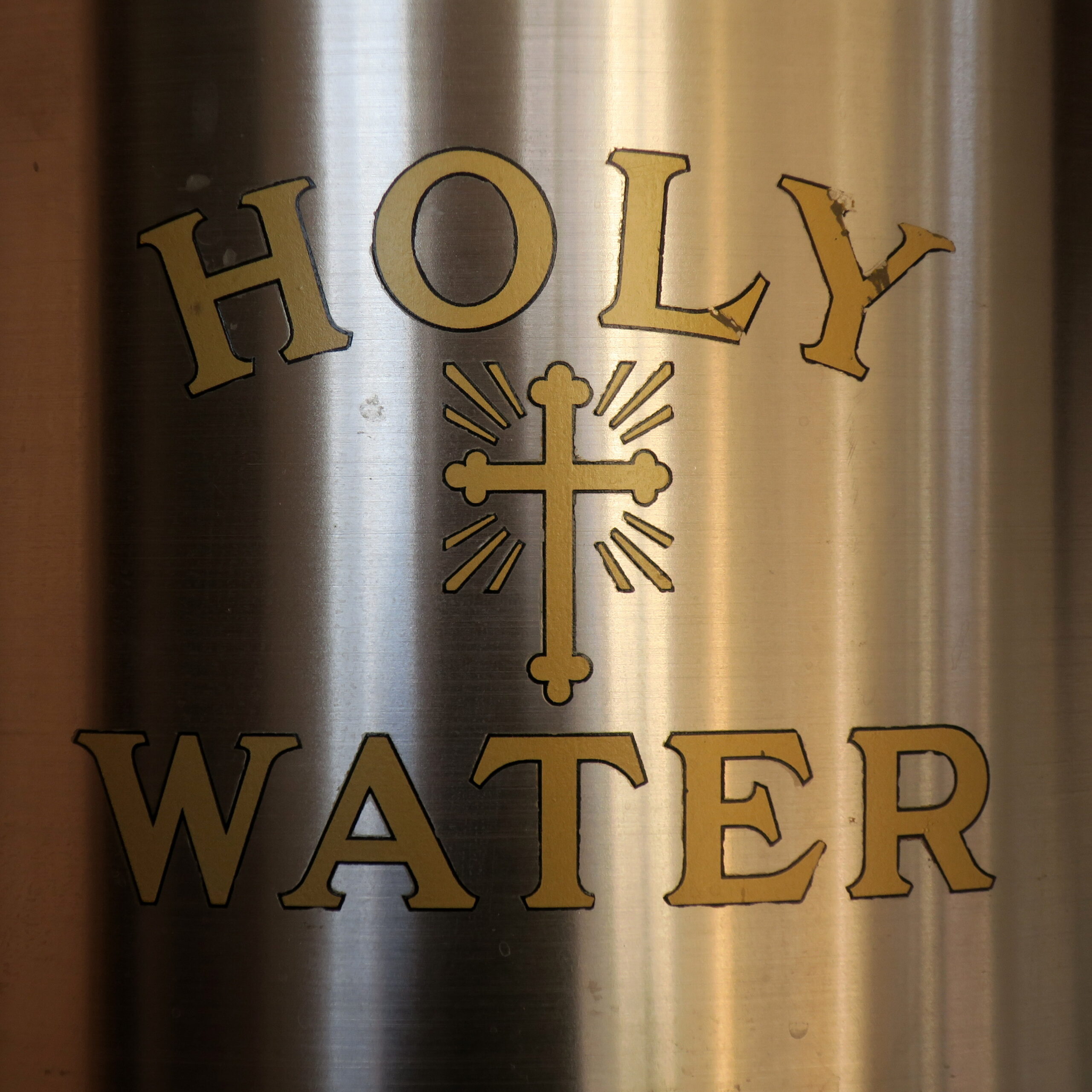Doctrine
History and usage of holy water
Holy water, a fundamental element of Catholic rituals and worship, holds a deep and intricate history within the Catholic Church. It is a symbol of purification, protection, and blessing. While its origins can be traced back to ancient times, its significance and usage within the Church have evolved over centuries. In this article, we will explore the history, composition, and various rituals associated with holy water in the Catholic Church.
The Origins of Holy Water
The use of holy water predates Christianity, with traces of its usage found in various ancient cultures. In ancient Greece and Rome, water was often purified and blessed for religious ceremonies. Early Christians adapted these practices, incorporating the use of blessed water into their worship.
In the Catholic tradition, the history of holy water is intrinsically tied to the concept of ritual purity. Water, with its cleansing properties, has always been regarded as a symbol of purification and rebirth. This symbolic significance made it an ideal choice for use in religious rituals.
The Composition of Holy Water
Holy water consists of two essential components: water and salt. The water used for holy water is typically blessed by a priest during a specific ritual. This blessing involves the recitation of prayers and the making of the sign of the cross over the water. The salt used is usually regular table salt, which is added to the blessed water. The salt represents purity and preservation and is a symbol of the earth’s offerings.
The Significance and Usage of Holy Water
- Baptism: Holy water is central to the sacrament of baptism, which initiates individuals into the Christian faith. During the baptismal ceremony, the priest blesses water and pours it over the person being baptized, symbolizing the washing away of sins and the rebirth into the Christian community.
- Blessing of Persons and Objects: Holy water is used to bless individuals and objects. People often make the sign of the cross with holy water upon entering a church as a sign of spiritual cleansing and renewal. Catholic homes may also have holy water fonts for this purpose.
- Exorcism: Holy water is employed in exorcism rituals to drive away evil spirits or negative influences. It is sprinkled over the person or location during the exorcism.
- Protection and Sacramentals: Many Catholics keep a small bottle of holy water at home, which they use to bless themselves and their surroundings. It is believed to provide protection against spiritual and physical harm.
- Sacraments and Sacramentals: Holy water is used in various sacraments and sacramentals, such as the anointing of the sick, the blessing of religious articles, and the dedication of churches and altars.
- Sprinkling Rite: During certain liturgical celebrations, such as the Easter Vigil or the Feast of the Epiphany, holy water is sprinkled upon the congregation to symbolize spiritual cleansing and renewal.
Conclusion
Holy water in the Catholic Church represents a rich history of spiritual purification and blessing. It has been a part of Christian traditions for centuries, evolving from ancient practices to become an integral part of Catholic rituals and worship. Whether used in the sacrament of baptism, for personal blessings, or in the exorcism of evil spirits, holy water serves as a tangible connection to the sacred and a symbol of the Christian’s journey of faith, purity, and protection. Its continued usage in the Catholic Church is a testament to its enduring significance in the realm of spiritual devotion and practice.
About Author






























